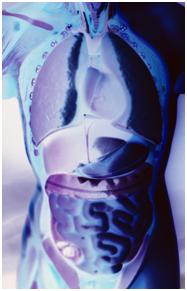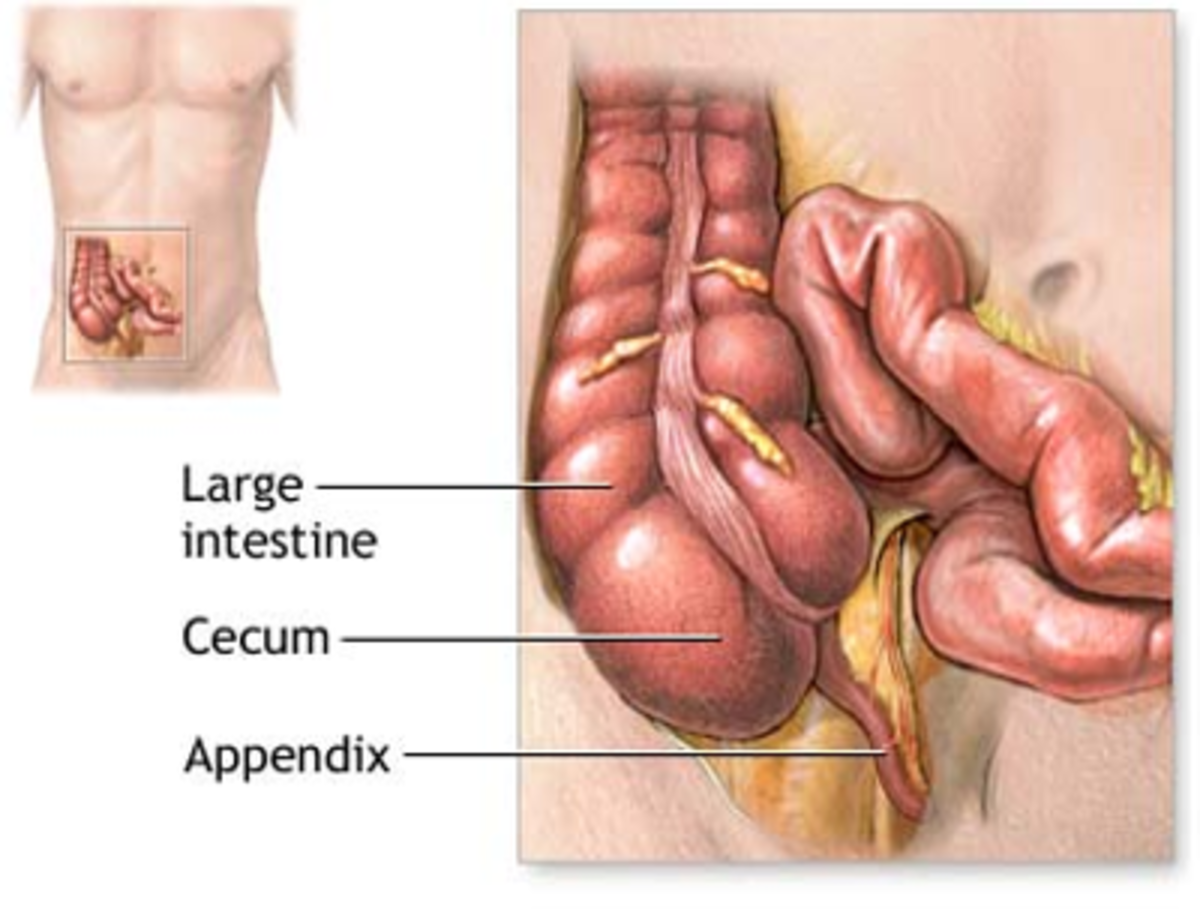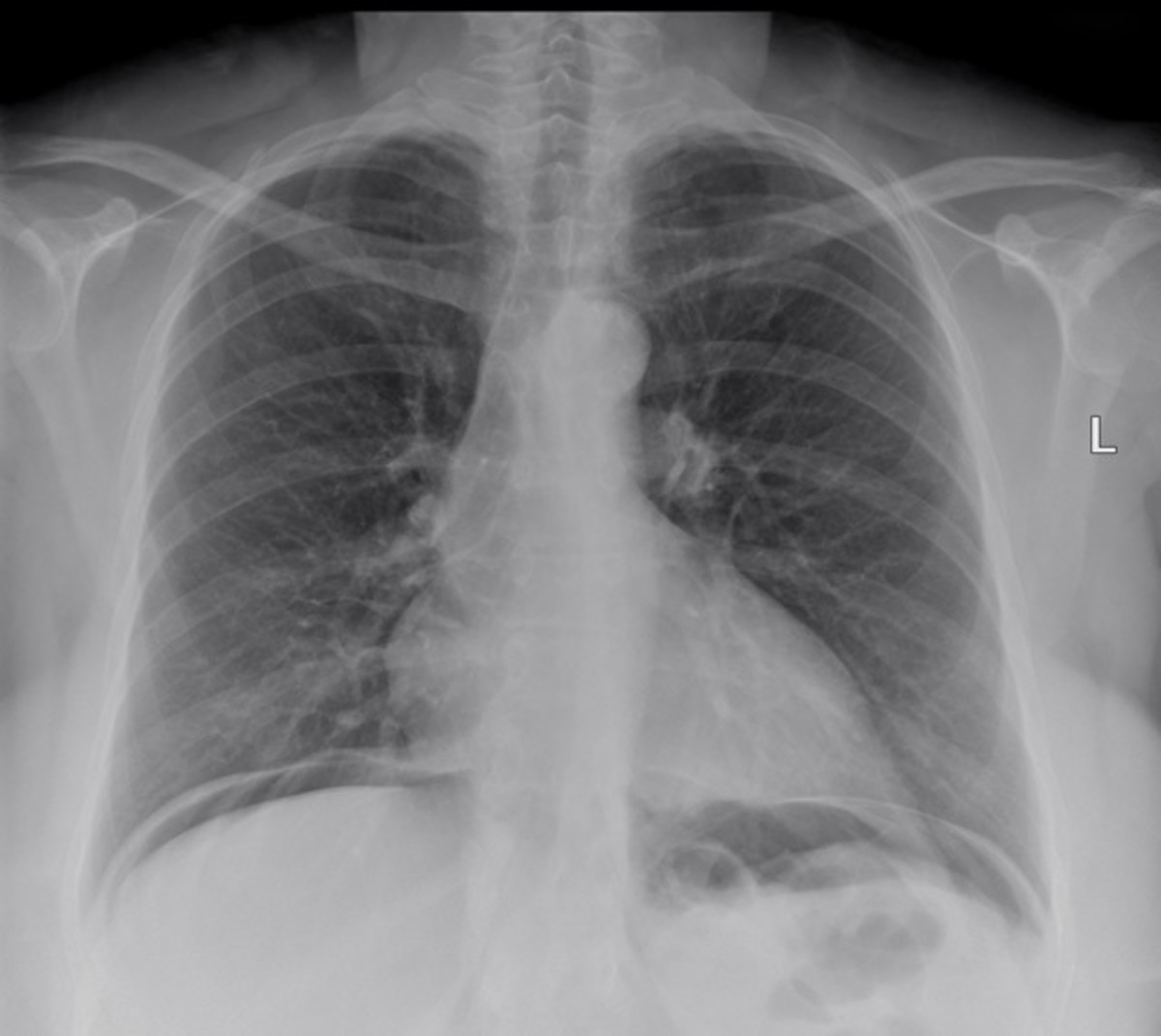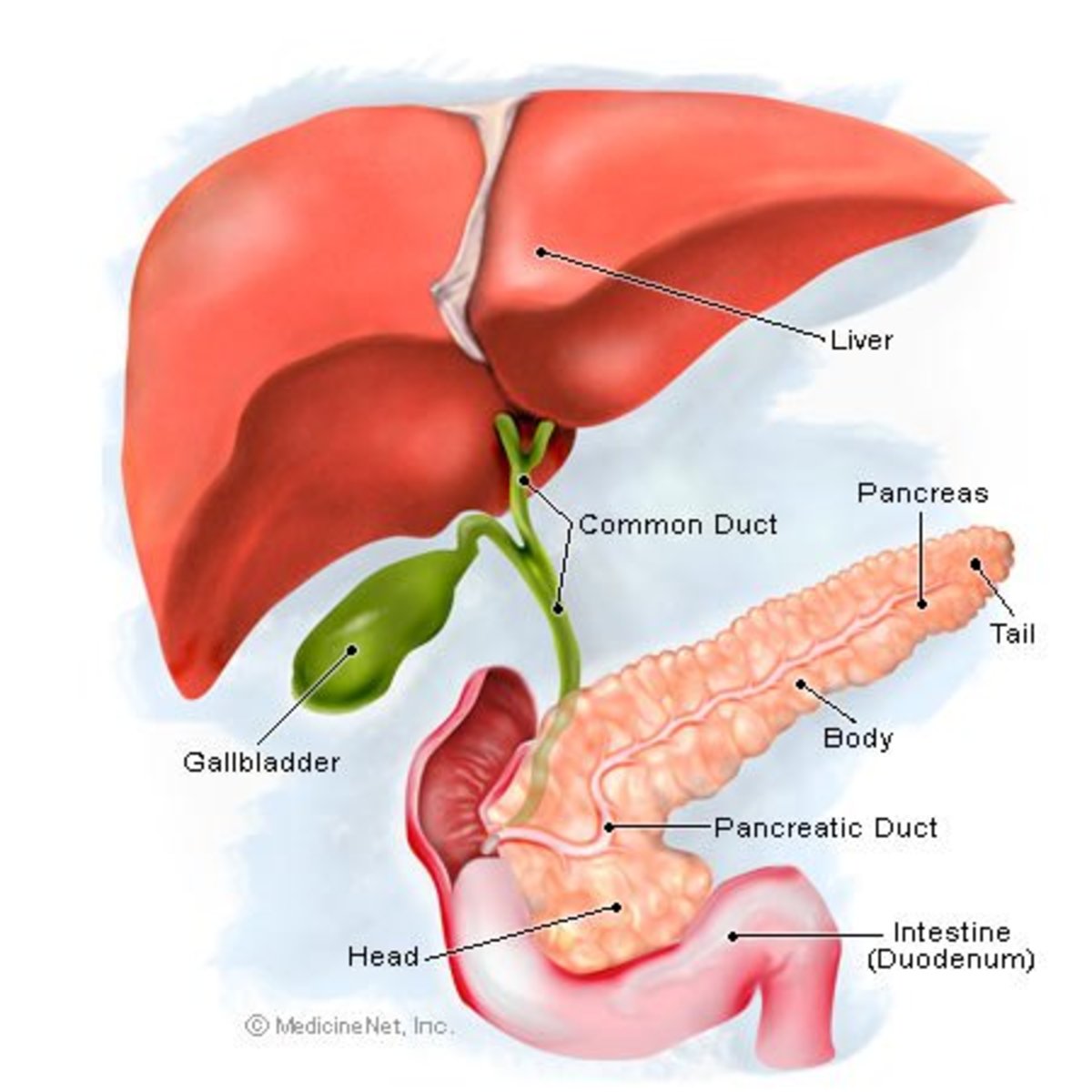How to Recognize Appendicitis Symptoms

By Joan Whetel
The appendix is frequently described as closed-ended appendage attached to the first part of the colon that looks something like a worm in appearance. The appendix produces small amounts of mucous which flows into the cecum (the first part of the colon) and has a wall made up of lymphatic tissue (part of the immune system) for making antibodies. Sometimes the appendix becomes obstructed leading to an attack of appendicitis, which is a potentially life-threatening condition.
What Is Appendicitis?
Appendicitis is caused by the invasion of bacteria into the wall of the appendix, which leads to swelling and abdominal pain. If left untreated, the appendicitis can abscess and/or rupture leading to life-threatening peritonitis (inflammation of the wall of the abdominal cavity due to a bacterial infection). Conditions that can mimic appendicitis include: Diverticulitis, pelvic inflammatory disease, gallbladder disease, liver disease, perforated duodenal ulcers, and kidney diseases.
Appendicitis usually begins when the opening to the appendix becomes blocked, allowing the mucous to build up pressure behind the blockage. In addition, stool from the colon may enter the appendix through the opening. The bacteria from that stool setting up an infectious and inflammatory process within this tiny organ. If the appendix ruptures, the bacteria begins to trickle into the abdominal cavity, allowing the infection to spread to the abdominal wall and potentially to other organs.
Symptoms
The symptoms of appendicitis may be vague at the onset of the infection, but increase over time as the disease progresses. Many of the symptoms occur with other illnesses, and may be mistaken for these other conditions. Appendicitis symptoms include:
· Abdominal pain that may begin around the central or upper abdomen and migrates downward to the to be more localized over the appendix.
· Loss of appetite.
· Nausea and vomiting.
· Fever.
· Constipation or diarrhea.
· Back Pain.
· Abdominal pain eventually increases to the point where the patient has trouble standing up straight.
What to Do if You Suspect Appendicitis
There are a few important dos and don’ts when dealing with a possible case of appendicitis.
· Do a pressure check of the lower right abdomen, by pressing gently on this part of the abdomen and quickly releasing the pressure. If the patient reacts, then there is a good possibility of appendicitis.
· Do contact a doctor and take the patient to the hospital for immediate medical care.
· Do check for the other symptoms of appendicitis.
· Don't take a laxative. If the appendix has ruptured, loose stool will leak into the abdomen more easily, exacerbating the problem.
· Don't take pain medication as this will mask the symptoms, making it more difficult for the medical personnel to diagnose the problem.
Diagnosis and Treatment
On occasion, the body contains the appendicitis, healing the appendix naturally without the need for surgery, in which case, the inflammation, abdominal pain, and other symptoms will subside and disappear. Sometimes, the administration of antibiotics can have the same effect of eliminating the infection and preventing the need for surgery. However, the natural healing or the application of antibiotics frequently does not work. More often than not, though, surgical intervention will be required.
Physicians will suspect appendicitis based on the patient's history of symptoms and a physical exam. The physical exam will include a white blood cell count and urinalysis, and imaging of the abdomen using one or more imaging technologies (e.g. abdominal x-rays including a barium enema study, an ultrasound of the abdomen, CT scan of the abdomen). An elevated white blood cell counts is a clear indicator of an infection process, which combined, with the other appendicitis symptoms will lead to a probable diagnosis of appendicitis.
Treatment will almost always begin with intravenous antibiotics. This will be followed as quickly as possible with abdominal surgery, using a technique called a laparoscopy, to remove the appendix (appendectomy). The good news is that the incision is usually quite small and the recovery time is short. If the appendix has abscessed or ruptured, however, the abdominal cavity will need to be lavaged (irrigated to clean out the infection) and the recovery time may be much longer, depending on how long it takes for the infection to clear up (based on fever, abdominal pain, and white blood cell counts).
In about 10% of cases, it is discovered that appendicitis was not the cause of the pain and other symptoms. The cause is usually found upon further examination of the abdominal cavity. Doctors will usually remove the appendix during the surgery anyway, even if it appears healthy, as it will eliminate the need for another intrusive surgery later should the appendix actually become infected.
Resources
Medicine Net. Appendicitis.
http://www.medicinenet.com/appendicitis/article.htm
Wiki How. How to Recognize the Symptoms of Appendicitis.
http://www.wikihow.com/Recognize-the-Symptoms-of-Appendicitis
Steady Health. How to Recognize the Signs of Acute Appendicitis.
http://www.steadyhealth.com/articles/How_to_recognize_the_Signs_of_Acute_Appendicitis__a42.html
Mayo Clinic. Appendicitis Symptoms.
http://www.mayoclinic.com/health/appendicitis/DS00274/DSECTION=symptoms








